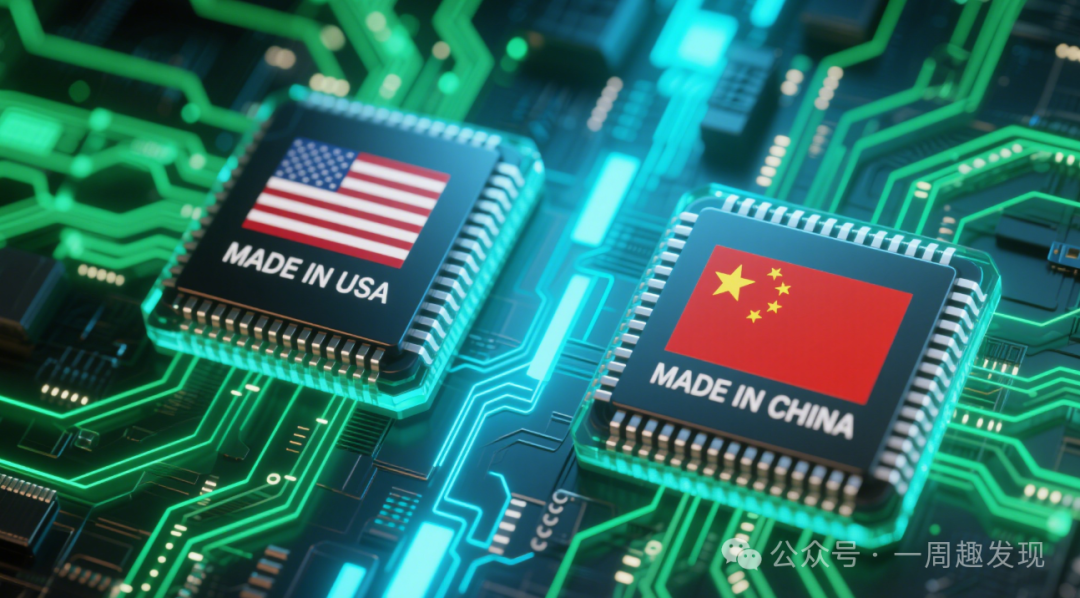👆You can click the blue text to follow and view previous articles

From “Chip Shortages and Price Increases” to Independent Breakthroughs: Huawei’s Chip Battle
In 2022, when global smartphone manufacturers faced a “chip shortage,” many of us experienced the anxiety of phone shortages—new models were priced thousands higher yet still hard to obtain, and repair technicians helplessly stated, “We can’t fix it due to chip shortages.” This feeling of being “choked” was the direct impetus for Huawei to initiate the construction of three chip production lines in Shenzhen.
According to insiders, Huawei is targeting the 7-nanometer process technology, which is the “gold standard” in the current consumer electronics field. It not only determines the performance ceiling of smartphones and AI devices but also concerns data security and supply chain authority. During the three years of U.S. technology blockade against China, the country’s chip imports still reached $410 billion (2024 customs data), making every consumer a passive participant in the “technology war.”
How Close Are We to Chip Independence in Our Lives?
Many people think that chip development is a “high-tech” endeavor confined to laboratories, but it has already permeated everyday details. For example, when domestically produced chips achieve mass production, repair technicians can replace damaged chips with domestic components, potentially reducing repair costs from “buying a new phone is more cost-effective” to just a few hundred yuan; smartphone manufacturers will no longer be constrained by overseas production capacity, making new phone prices more affordable—similar to how new energy vehicles have escaped the “oil-to-electric premium” through domestic batteries.
More critically, there is data security. According to the China Academy of Information and Communications Technology, incidents of personal information leakage due to chip vulnerabilities surged by 37% year-on-year in 2023. Self-developed chips can build a security protection system from the ground up, just like “domestic operating systems.” Huawei’s cybersecurity experts admit, “When the chip design blueprints are entirely in our hands, the risk of data being intercepted can truly be reduced.”
What Can We Gain When Core Technologies Are No Longer Controlled by Others?
The ultimate goal of this chip breakthrough battle is to ensure that the benefits of technological development are truly shared by the public. Imagine a future where:
-
AI devices become more “down-to-earth”: Domestic large models are no longer constrained by overseas computing power chips, allowing smart homes and autonomous driving to enter ordinary households at a lower threshold;
-
Accelerated industrial upgrades: Emerging fields like smart cars and industrial robots break free from the constraints of “chip shortages,” creating more local job opportunities;
-
Enhanced technological authority: When Chinese chips occupy a place in the global market, we will have more initiative in setting standards for 5G, 6G, and beyond.
This Breakthrough Requires Everyone’s Participation
Chip development is a marathon, but the choices of ordinary people can become a crucial boost. The 2024 consumer electronics market report shows that over 60% of users choose smartphones equipped with domestic chips, and this “voting with their feet” is accelerating technological iteration. As Huawei’s consumer business leader stated, “Every sale of a domestic smartphone is a silent support for the self-research team.”
Looking back from the point of 2025, Huawei’s chip production lines are not only a solitary courage for the company but also a wake-up call for the public’s awareness of technological independence. When we no longer feel anxious about “chip shortages and price increases,” and when domestic technology can protect data security and lower living costs, this “breakthrough” will be truly complete. At this moment, the choice of the smartphone in your hand may be the key vote to change the future.